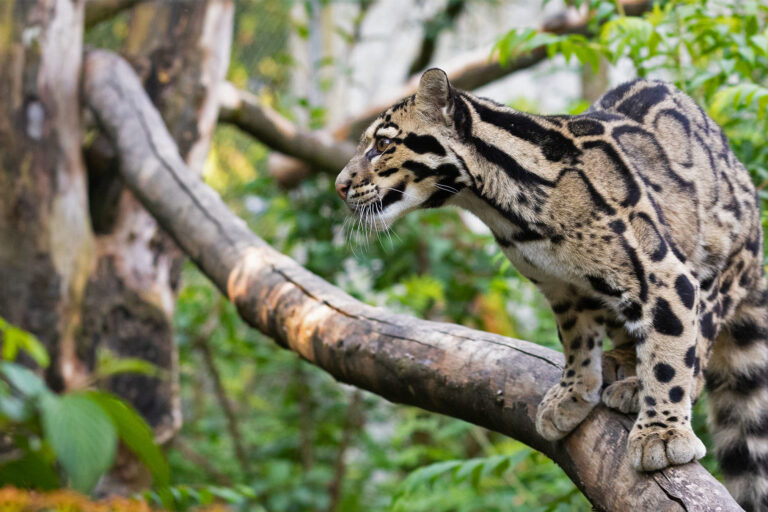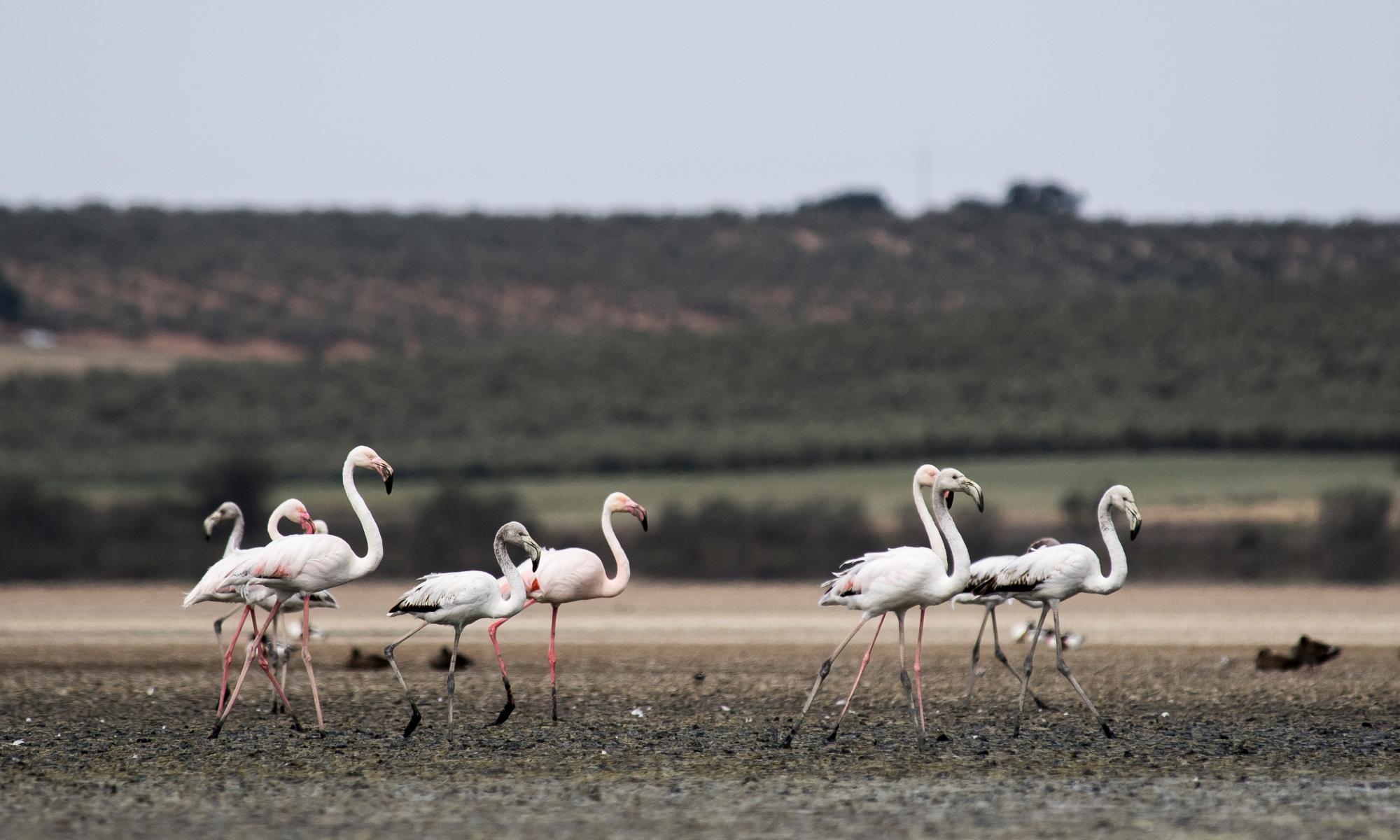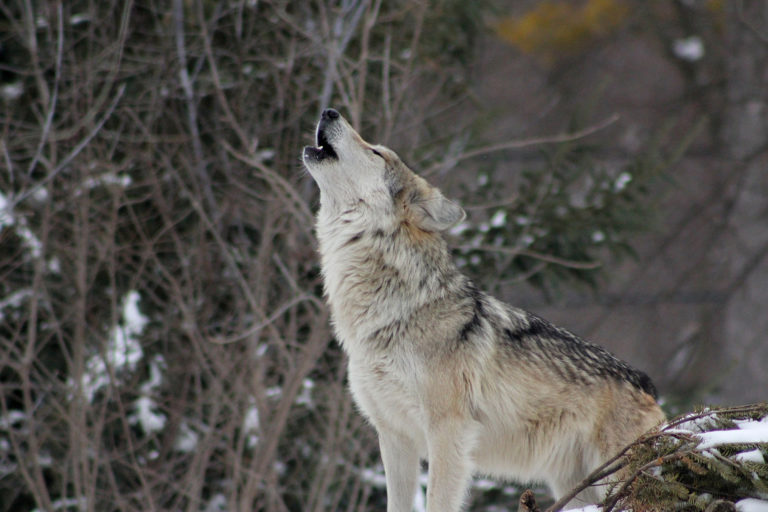Beaver number one was in no hurry to exit her safe, straw-lined wooden crate. After a tense six-minute wait, Derek Gow, a wildlife expert, reached a hand into the creature’s temporary home, grabbed her gently by the rear end and encouraged her out.
She entered the muddy pond with a gentle plop, clambered back out for a few moments, then began exploring her new home among the hills of Exmoor.
The aim of releasing a pair of beavers on to National Trust land at the Holnicote estate in Somerset is to ease flooding and increase biodiversity. “It’s an exciting moment,” said Ben Eardley, the project manager for the National Trust at Holnicote, as the female beaver found a bramble-covered ledge to hide away in. “The beavers will shake this place up, they’re a real driver of change.”
In time, Eardley said, the beavers will thin out the trees in their 2.7-hectare home, bringing in more light and with it more flora and fauna – birds, invertebrates, other mammals. Another big hope is that the dams they build will slow the flow of water, easing the risk of flooding downstream.
An hour later the second Eurasian beaver – they have not been given names – arrived. The same ceremony took place. Four rangers carried the crate to a second muddy pool rather like servants carrying an aristocrat on a sedan chair.

This time there was no way Gow was going to help coax out the beaver, a male. “The female was chilled out. This one’s a bit more feisty,” he said. “I wouldn’t go too close.” Onlookers were advised to stay still if approached by the male beaver.
Beaver II needed no help but padded out through the mud into the pool, which once fed a water mill. While the female had swum around her pool at a steady pace, as if keen to make sure a gaggle of photographers and film crews got good shots, the male seemed more aggressive, beating his powerful tail against the water and diving into a stream that feeds into the pond.
The hope and expectation is that he will calm quickly and the two beavers will get together and produce babies – kits. At this time of year they will feed on tree bark and their diet will be supplemented by a few vegetables. They are herbivores and so will not be preying on fish or other animals.
Beavers were hunted to extinction in the UK 400 years ago for their fur, meat and scent glands. In recent years there has been a series of controlled reintroductions, including one by the government in the Forest of Dean, Gloucestershire, as solutions are sought to tackle flooding. A wild colony also appears to have re-established itself spontaneously in the River Otter in Devon.
The scheme at Holnicote and a second at Black Down on the border of West Sussex and Surrey are the first led by the National Trust and have been approved by Natural England.
Holnicote’s beavers were transferred from Scotland, where they have been successfully breeding. They should help boost populations of water voles, wildfowl, craneflies, water beetles and dragonflies. These in turn help support breeding fish and insect eating birds such as spotted flycatchers.
A footpath passes close to one of the Holnicote pens, so it may be possible for members of the public to glimpse the animals, though they tend to be active at dawn or dusk and can be shy.
But hikers will see their work at first hand. Eardley said: “As ecosystem engineers the beavers will develop wetland habitat, increasing the variety and richness of wildlife in the local landscape. Their presence in our river catchments is a sustainable way to help make our landscape more resilient to climate change and the extremes of weather it will bring.
“The dams the beavers create will slow the flow, holding water in dry periods, which will reduce the impact of drought. They will help to lessen flash-flooding downstream, reducing erosion and improving water quality by holding silt and pollutants.
“This project is all about developing our landscapes of the future, helping us respond to the challenges the landscape and communities now face.”
Once settled, the beavers will build a lodge or burrow and then begin to modify the enclosure to suit their needs, allowing them to move around freely through the water and access food.
The releases will be carefully monitored by National Trust staff and volunteers with help from Exeter University and others, to document ecological and hydrological changes to the habitat.
Mark Harold, the director of land and nature at the trust and the person whose job it was to pull back the wire mesh to release the two beavers, said: “We need to work with natural processes in the right places. This is a different way of managing sites for wildlife – a new approach, using a native animal as a tool.”


